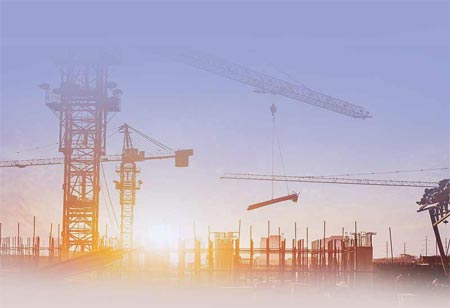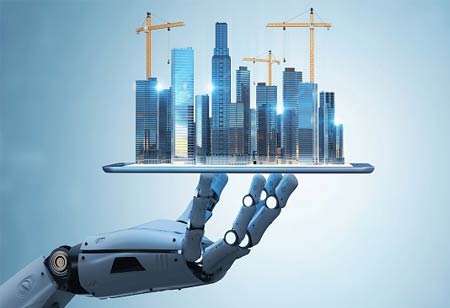Thank you for Subscribing to Construction Business Review Weekly Brief
Specials
- MEP Canada
- Kitchen and Bath
- Decking Canada
- Architectural Glass Europe
- MEP APAC
- Construction Saudi Arabia
- German Apartment and Condominium Contractors
- Construction Law APAC
- Outdoor Construction
- Foundation Construction Canada
- Building Sealing Solutions Europe
- Apartment and Condominium Contractors Canada
- Cold Storage Construction APAC
- Precast Concrete Europe
- Construction Staffing Europe
- Pre-Construction Services
- Flooring System APAC
- Scaffolding Canada
- Swimming Pool Construction Canada
- Construction Management Canada
- Dummy
- Building Restoration and Maintenance Canada
- Residential Construction
- Concrete Canada
- Construction Cladding Europe
- Construction Cladding APAC
- Concretes, Aggregates and Construction Materials APAC
- Concretes, Aggregates and Construction Materials Europe
- Commercial Contractors Europe
- Commercial Contractors APAC
- Cold Storage Construction Canada
- Flooring Systems Europe
- Construction Management APAC
- Landscaping Canada
- Construction Coating Europe
- Construction Tech Startups Europe
- Insulation Services Europe
- Mechanical Contractor Canada
- Mould Remediation and Testing Europe
- Swimming Pool Construction APAC
- Construction Engineering Services
- Mechanical Electrical and Plumbing
- Roofing Systems Europe
- Architectural Glass APAC
- Startups APAC
- Forensic and Owners Representative
- Flooring System
- Waterproofing APAC
- Wall Systems
- Safety and Compliance Europe
- Construction Bidding and Auctions
- Modular and Prefab Construction
- Architectural Glass
- Construction MENA
- Construction Demolition and Recycling Europe
- Modular Construction Europe
- Construction Interiors
- Steel Building APAC
- HVAC
- Doors and windows
- Modular Construction APAC
- Insulation, Coating and Waterproofing
- Building Information Modeling APAC
- Sustainable Construction APAC
- Building Restoration and Maintenance
- Commercial Contractors
- Specialty Construction
- Construction Engineering Canada
- Construction Engineering MENA
- Modular Construction Canada
- Roofing and Siding Systems
- Construction Latam
- Workforce Management and Staffing
- Roofing Systems APAC
- Construction Consulting
- Steel Building Europe
- Construction Demolition and Recycling APAC
- Safety and Compliance APAC
- Concretes, Aggregates and Materials
- Construction Cladding
Latest Developments in Steel Construction Technology

By
Construction Business Review | Friday, November 17, 2023
Stay ahead of the industry with exclusive feature stories on the top companies, expert insights and the latest news delivered straight to your inbox. Subscribe today.
Summary: Steel construction technology advancements, including high-performance alloys, digital design, prefabrication, modular construction, sustainable practices, smart structures with embedded sensors, and 3D printing, are revolutionising the industry, enhancing efficiency and promoting a more sustainable built environment.
FREMONT, CA
Steel has been a cornerstone of construction for centuries due to its strength, durability, and versatility. In recent years, advancements in steel construction technology have revolutionised the way structures are built and designed. These innovations have improved the efficiency of construction and have also led to more sustainable and aesthetically pleasing buildings.
High-Performance Steel Alloys
High-performance steel alloys transform construction with superior strength, corrosion resistance, and durability. Advanced alloying techniques have allowed engineers to create steel with exceptional properties while maintaining cost-effectiveness. This development has expanded the possibilities for constructing taller and more intricate buildings.
Digital Design and Fabrication
Building Information Modeling (BIM) has become the industry standard, enabling architects and engineers to create highly detailed 3D models that improve project visualisation and coordination. Furthermore, these models can be used to streamline the fabrication process through computer numerical control (CNC) technology. CNC machines precisely cut and shape steel components, reducing waste and labour costs while improving accuracy.
Prefabrication and Modular Construction
These methods involve fabricating building components off-site in controlled environments before transporting and assembling them on the construction site. It also ensures higher quality control, faster construction times, and less waste generation.





